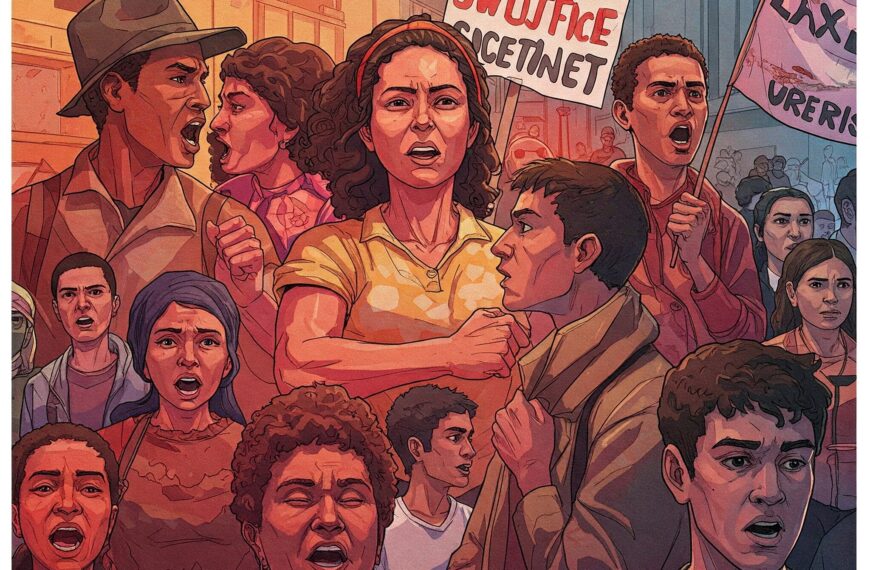Introduction
On March 6, 2025, the U.S. House of Representatives officially censured Representative Al Green (D-Texas) following his disruption of President Donald Trump’s joint address to Congress on March 4. The censure vote, which passed 224-198, was a direct response to Green’s vocal protest against the President’s policies, particularly those affecting Medicaid. This move has sparked a national conversation about congressional decorum, political activism, and the ongoing divide between Democrats and Republicans.
Breakdown of the Censure Vote
The censure resolution was primarily backed by House Republicans, with ten Democrats crossing party lines to support it. The following table provides a breakdown of the vote:
| Party | Yes (Censure) | No | Present/Abstain |
|---|---|---|---|
| Republicans | 214 | 6 | 2 |
| Democrats | 10 | 188 | 4 |
| Independents | 0 | 4 | 2 |
| Total | 224 | 198 | 8 |
The ten Democrats who voted in favor of censure justified their decision by emphasizing the need for maintaining decorum in official proceedings, while some also sought to distance themselves from disruptive political protests.
The Incident: What Happened?
During President Trump’s address, Rep. Green interrupted the speech by shouting, “He has no mandate!” while waving his cane. His protest was aimed at what he called “the administration’s attack on Medicaid and the working poor.” Following this disruption, House Speaker Mike Johnson (R-La.) immediately ordered Green’s removal from the chamber, an action that set the stage for the censure resolution.
Reactions and Political Implications
Democratic Response
Many Democrats criticized the censure as an overreach by Republicans, arguing that Green’s actions, while disruptive, did not warrant such a formal reprimand. House Minority Leader Hakeem Jeffries (D-N.Y.) called the vote a “dangerous precedent”, warning that it could be used to stifle dissent.
Republican Justification
Republicans defended the censure as a necessary step to uphold congressional rules. House Majority Leader Steve Scalise (R-La.) stated, “Respect for the institution must be maintained. Protests have their place, but not in the House chamber during a presidential address.”
Public Opinion and Media Reactions
Polls conducted in the aftermath of the censure suggest a split public opinion. A Reuters/Ipsos survey showed that 53% of Americans believed Green’s actions were inappropriate, while 42% viewed them as a legitimate form of protest. Media coverage has largely followed partisan lines, with conservative outlets supporting the censure and liberal commentators defending Green’s stance.
Historical Context: Censures in U.S. History
Censuring a sitting member of Congress is a rare but impactful disciplinary action. The following table compares past high-profile censures:
| Year | Representative | Party | Reason for Censure |
|---|---|---|---|
| 1832 | William Stanbery | Whig | Insulting Speaker of the House |
| 1954 | Joseph McCarthy | Republican | Abusing Senate investigation process |
| 2021 | Paul Gosar | Republican | Posting a violent animated video of AOC |
| 2023 | Adam Schiff | Democrat | Misleading statements on Trump-Russia probe |
| 2025 | Al Green | Democrat | Disrupting Trump’s address |
Green’s censure is notable as the first instance in recent history where a lawmaker faced formal reprimand for protesting during a presidential speech.
What Happens Next?
While the censure does not remove Green from office or strip him of his voting rights, members of the House Freedom Caucus have suggested additional punitive measures, including removing him from key committee assignments. However, House Democratic leadership has pledged to push back against any further disciplinary actions.
For now, the censure stands as a symbolic but significant rebuke of Green’s actions. Whether this will have long-term implications for his political career remains to be seen.
Conclusion
The censure of Rep. Al Green underscores the intensifying partisan tensions within Congress. While Republicans argue that they are upholding institutional decorum, Democrats see this as an attempt to suppress dissent. Regardless of where one stands, this event marks yet another chapter in the deeply polarized landscape of American politics.













